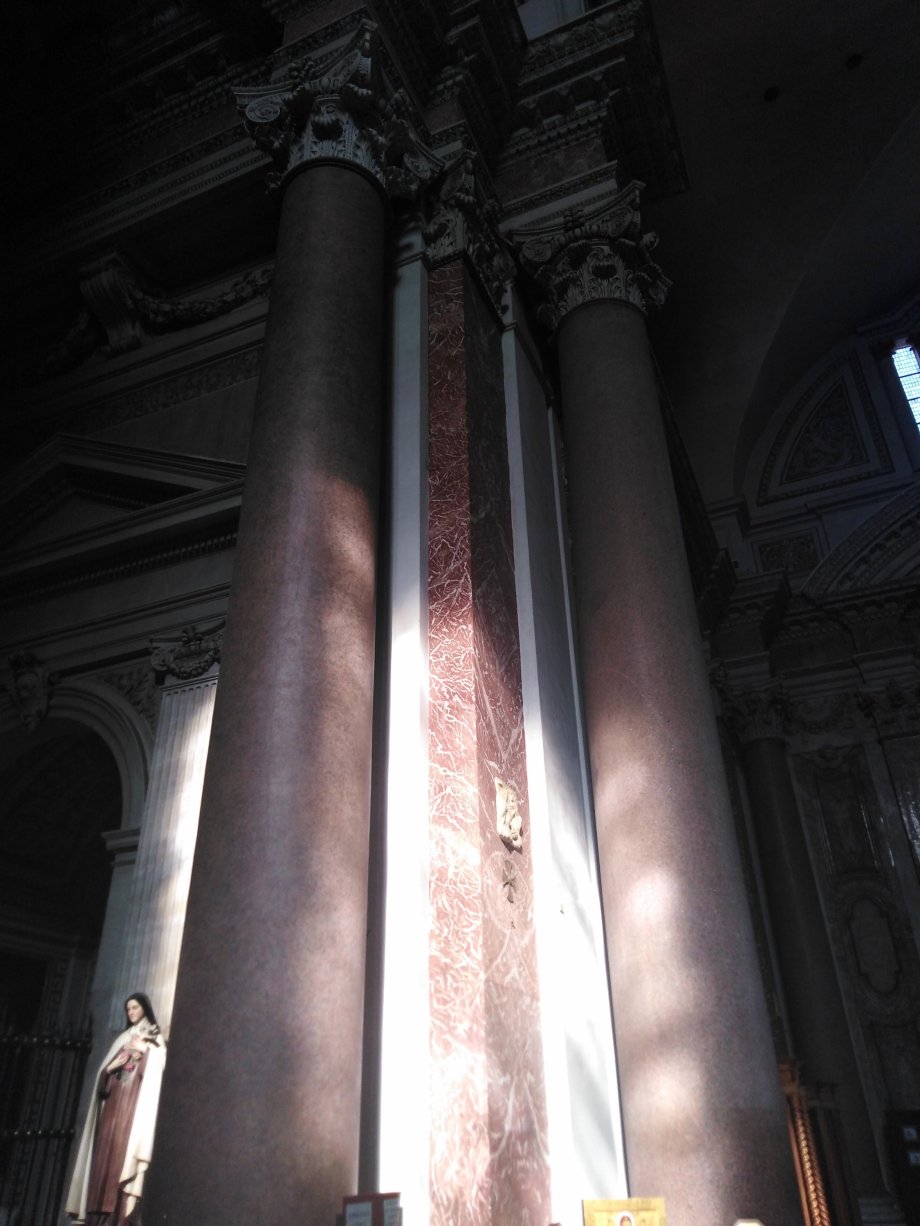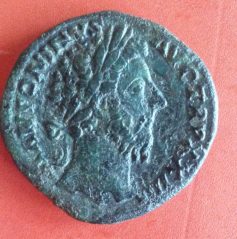
The Thermae Diocletiani (Baths of Diocletian) were built from 298 to 306 CE in Rome. They occupied an area of about 130,000 sq.m..
The building works were started under the emperors Diocletianus and Maximianus (both named Augustii after the introduction, by Diocletianus himself, of the new governance model called “tetrarchy”) and, after their abdication, completed under Costantius “Chlorus” (father of Costantinus “the Great” and Augustus for the pars occidentalis of the Empire from 305 to 306 CE).
In the 16th century, under the reign of Pope Pius IV, within the ancient remains of the Thermae, Michelangelo Buonarroti, at the age of 86 years, started the construction of the Christian Church of “Santa Maria degli Angeli”.
In his original project, Michelangelo respected the shape and the volumes of the ancient Thermae. For instance, he preserved the eight red granite original Roman columns, which are 15 meters tall. After his death, the works were continued under the supervision of Jacopo Del Duca, nephew of that priest, Antonio, who convinced the Pope to start the building of the Church. Over time, the Church has been subject to several renovations until the 20th century.

Altogether, the archaelogical remains of the Thermae were deeply impacted along the centuries by reusing part of them (e.g. as a convent or military station) or by other destructive interventions (e.g. road construction across the archaelogical area). For example, the present-day Piazza della Repubblica (former Piazza dell’Esedra) was built on the place of the ancient “exedra” of the Thermae (the two semi-circular buildings follow the exedra‘s perimeter).
Nowadays, in the monumental quarters of the ancient Baths is situated the National Roman Museum.
Here below some pictures of the monumental Roman remains.






